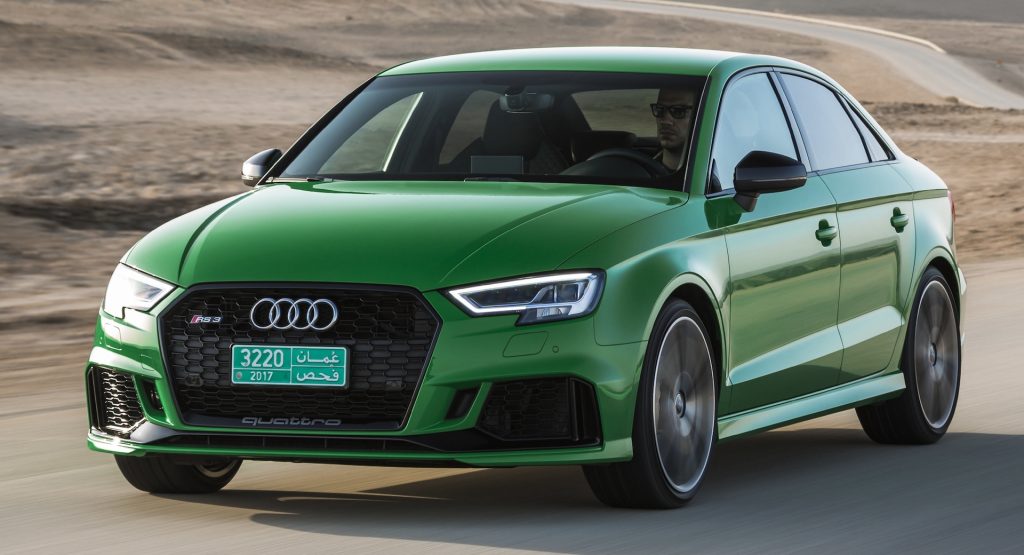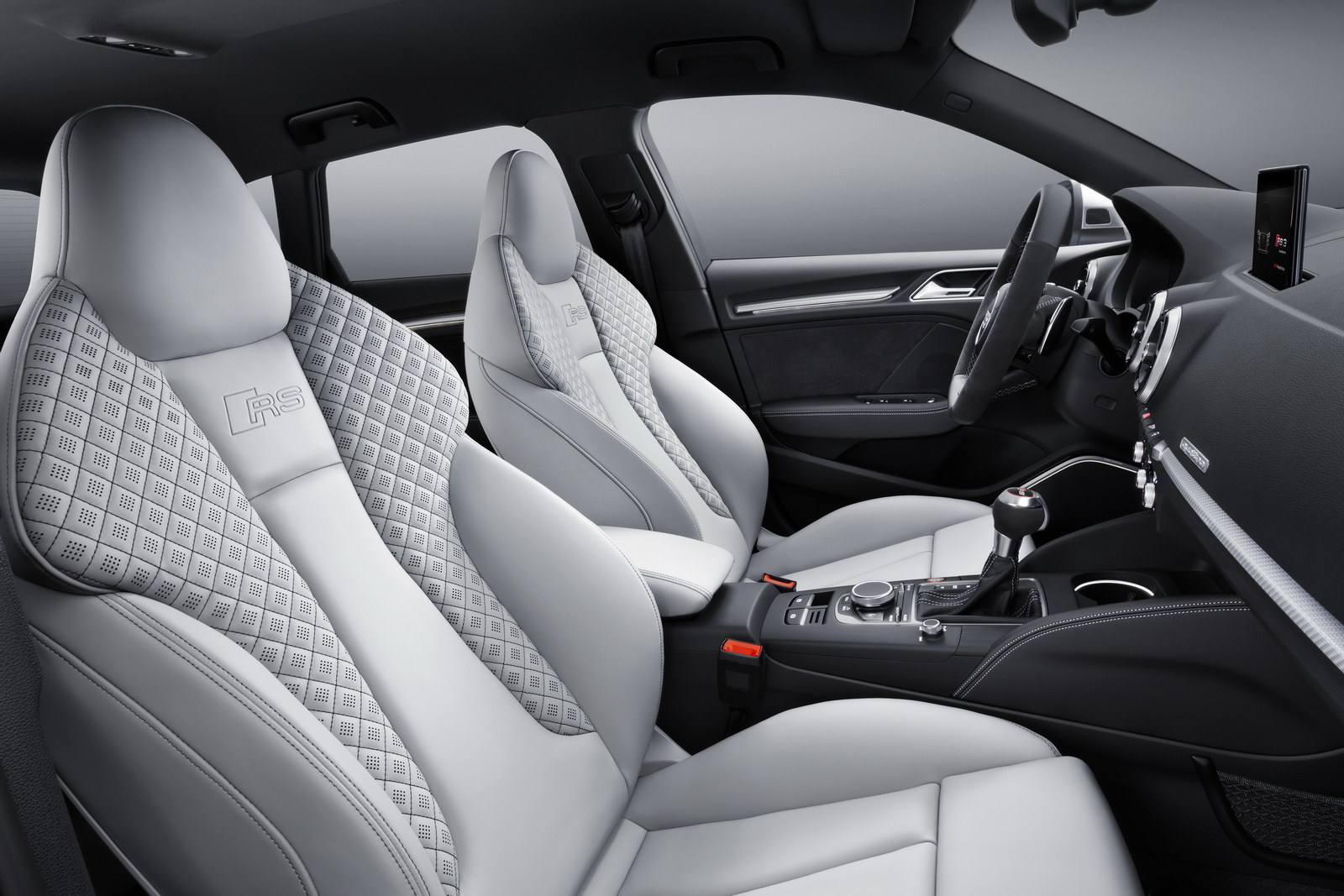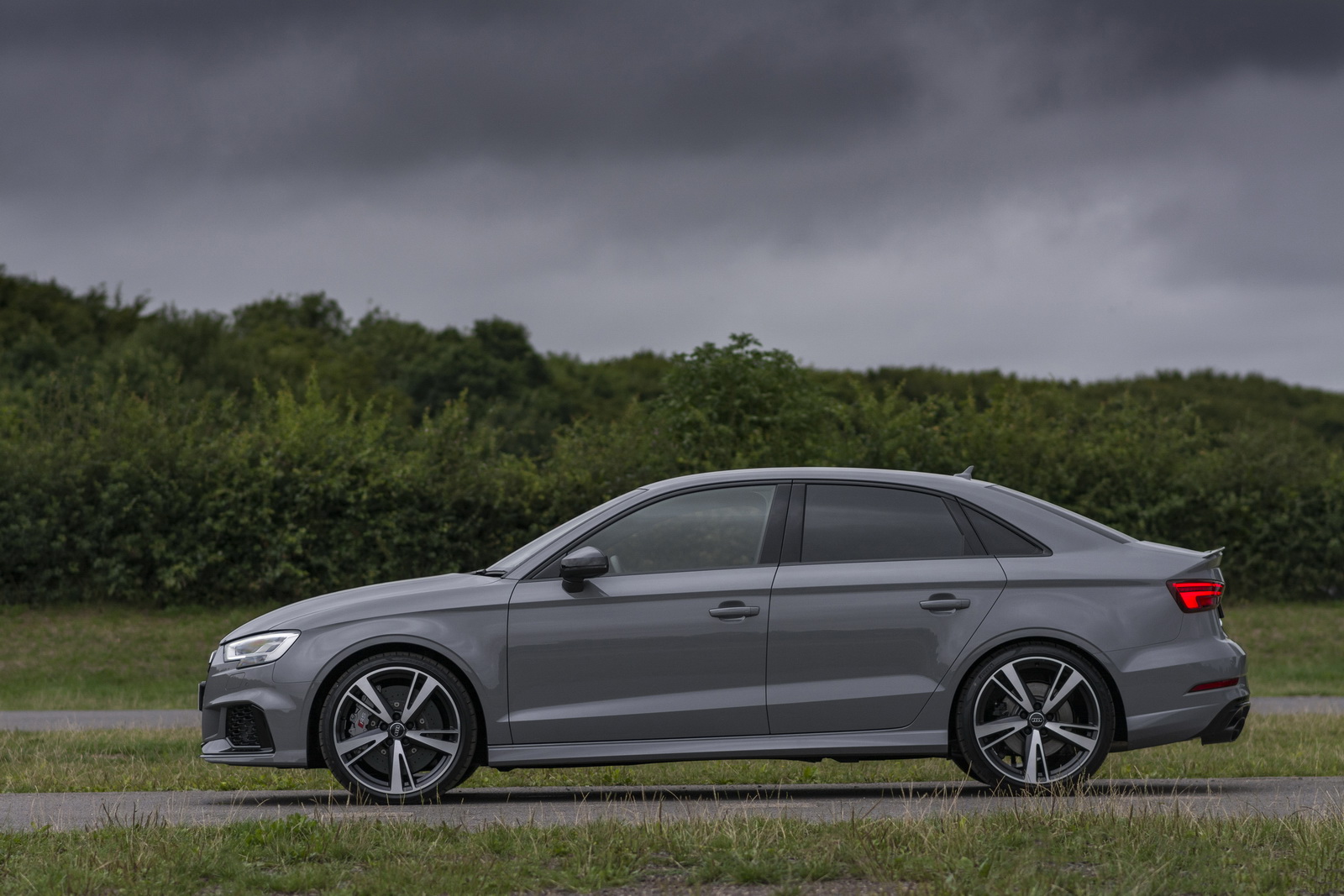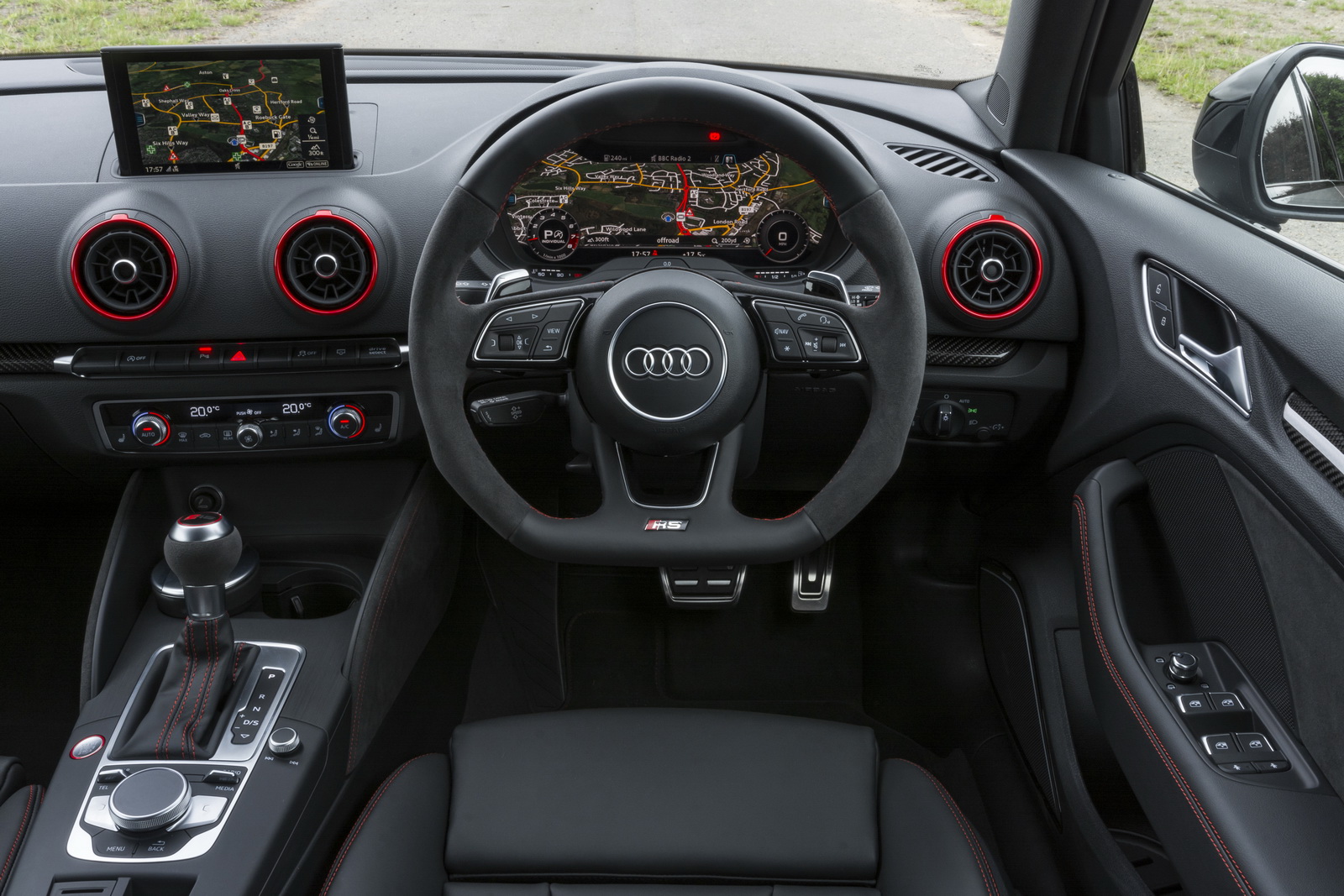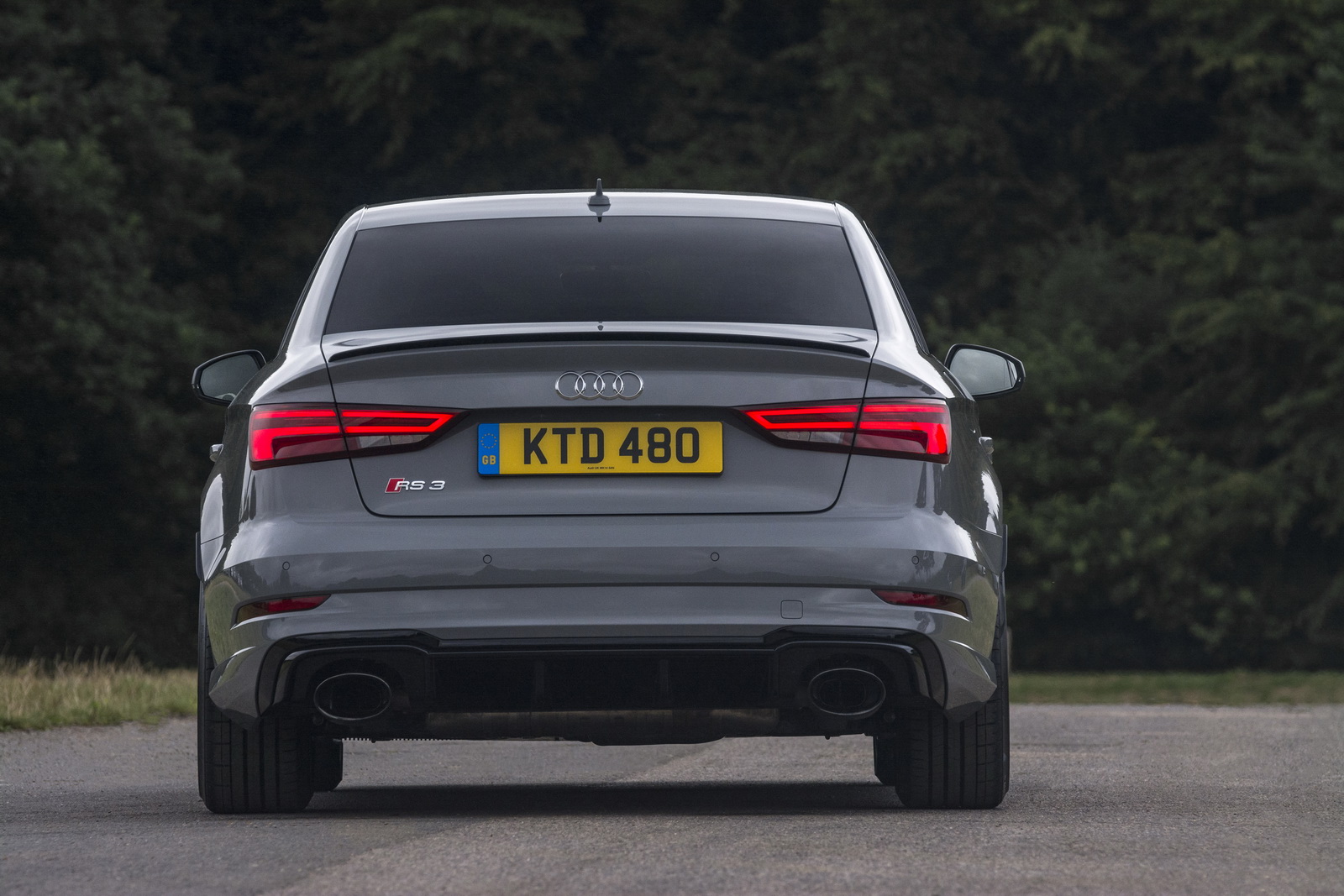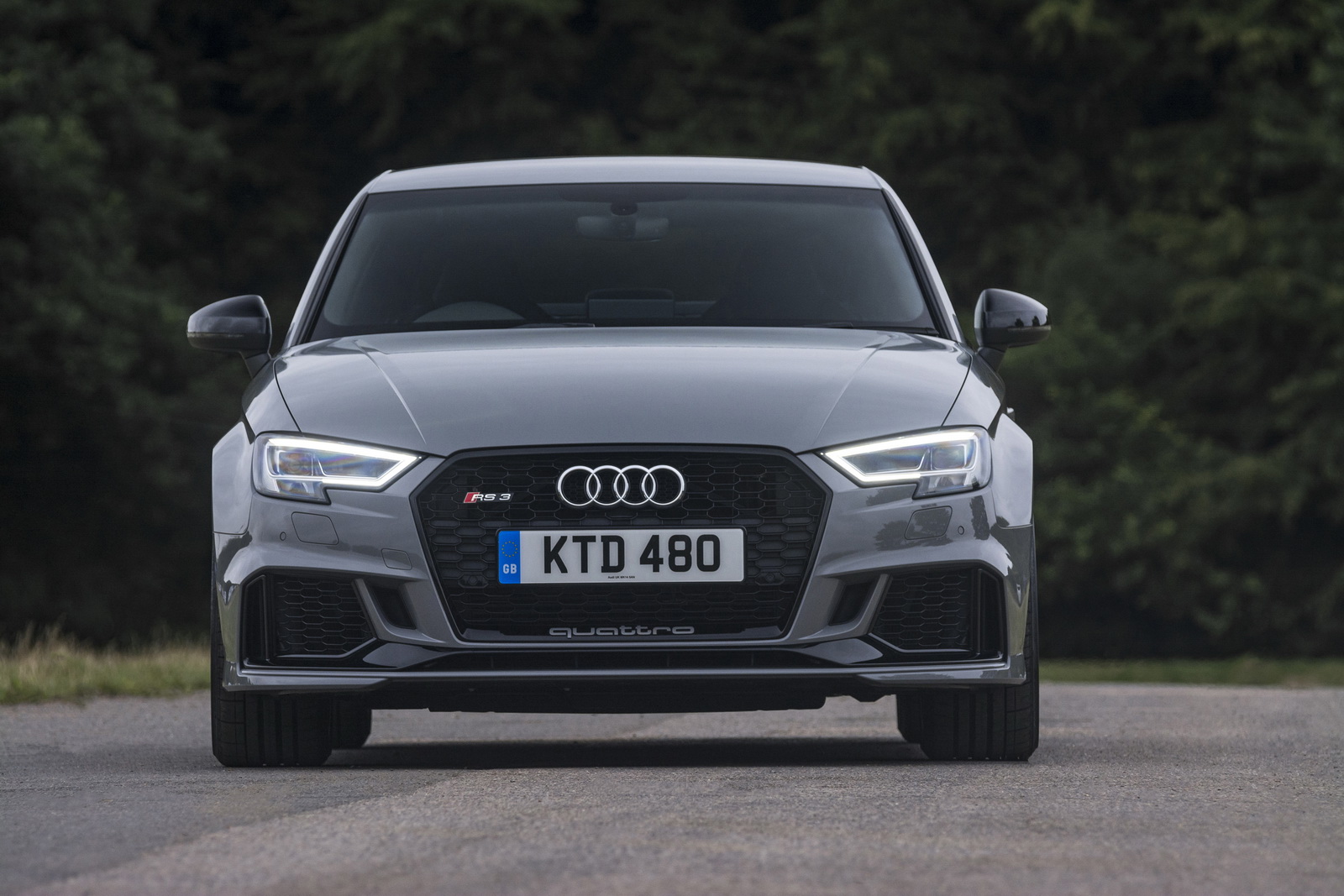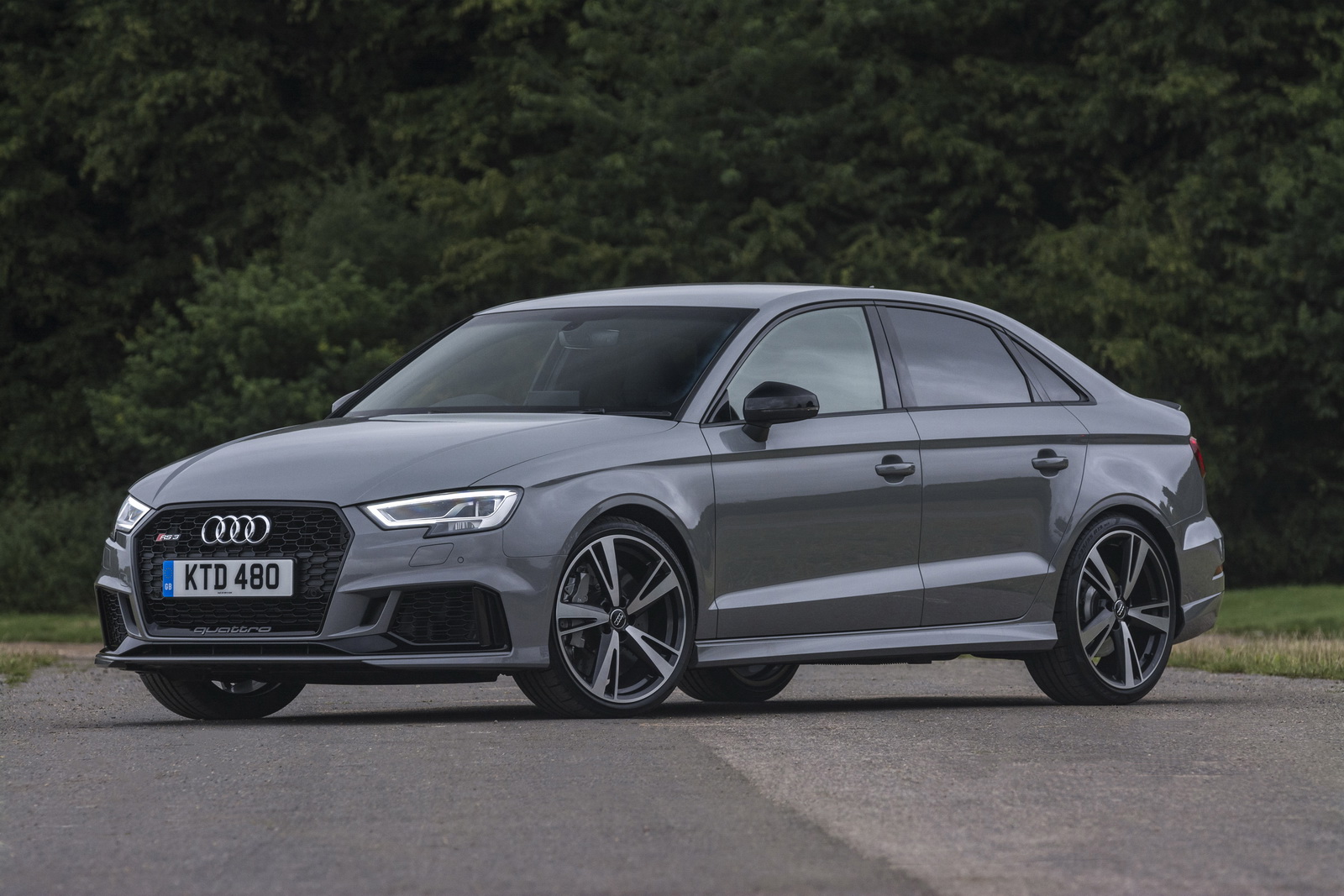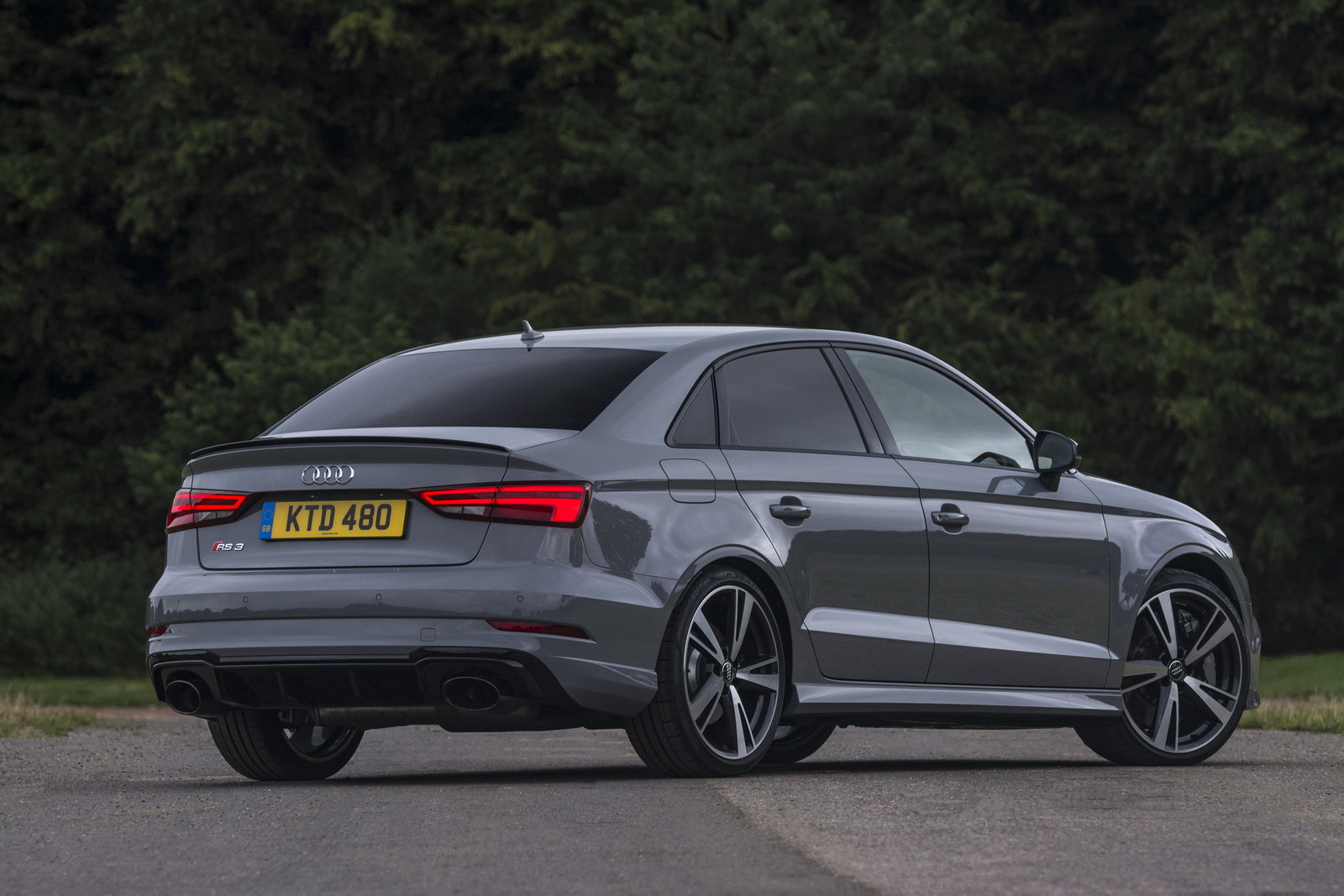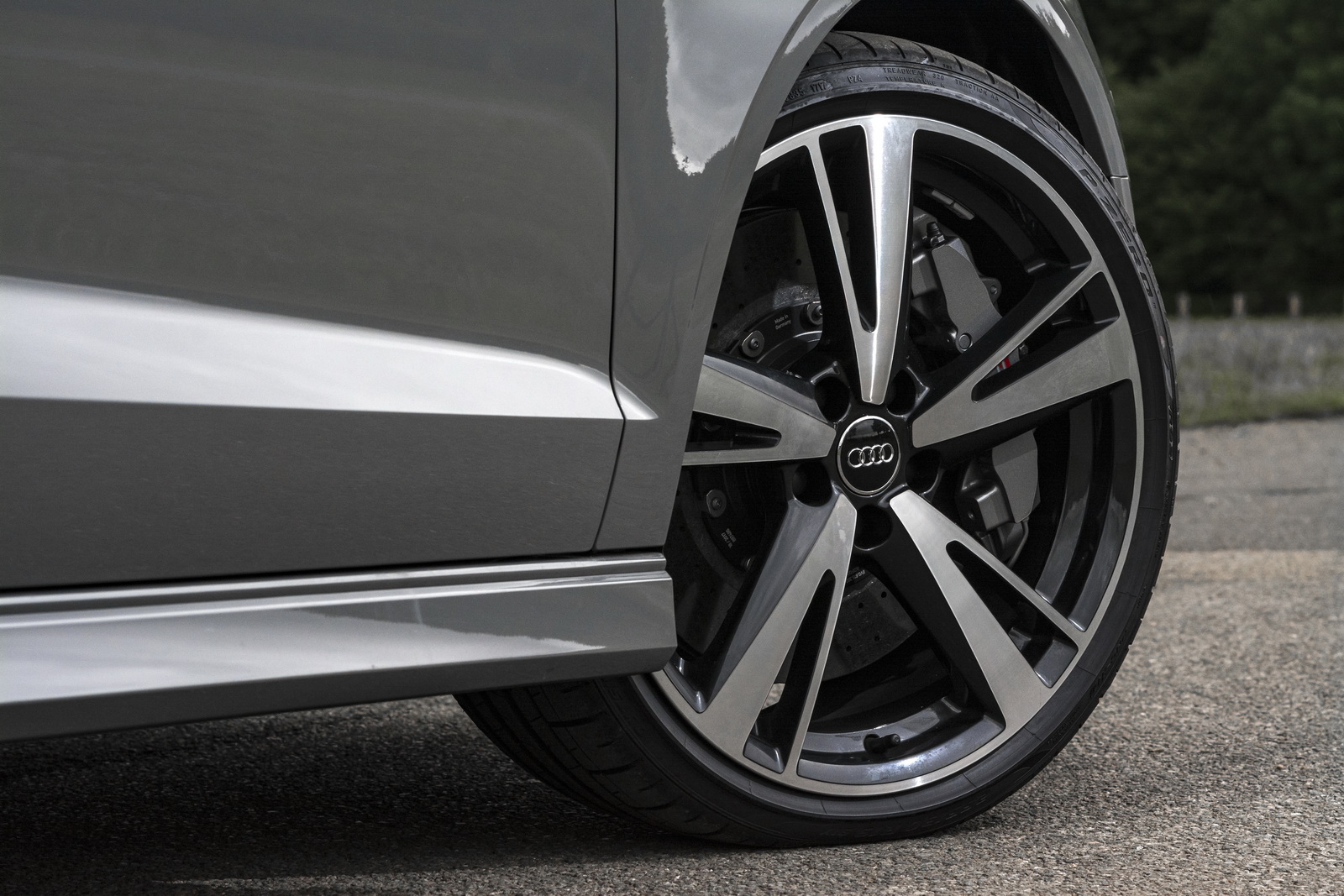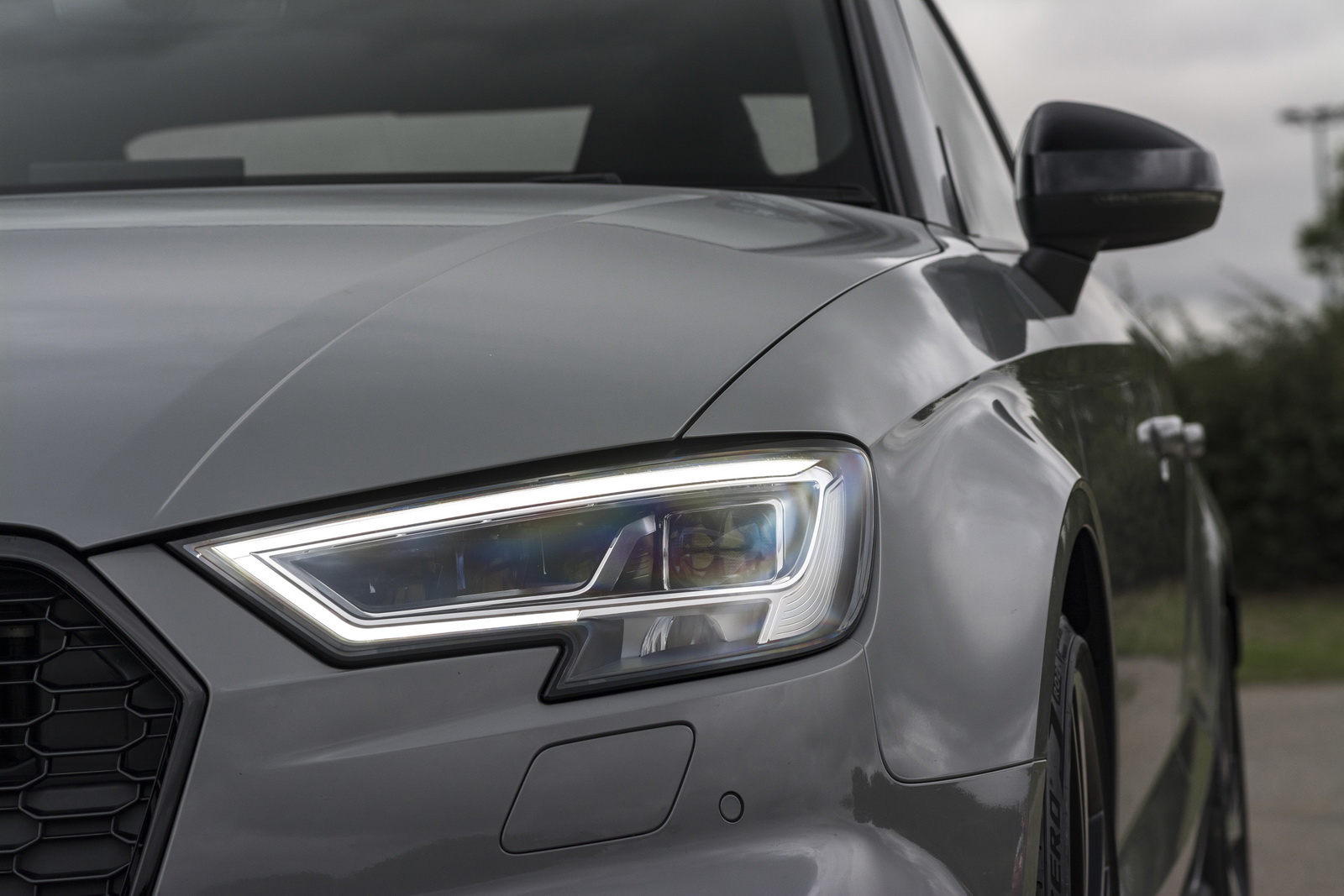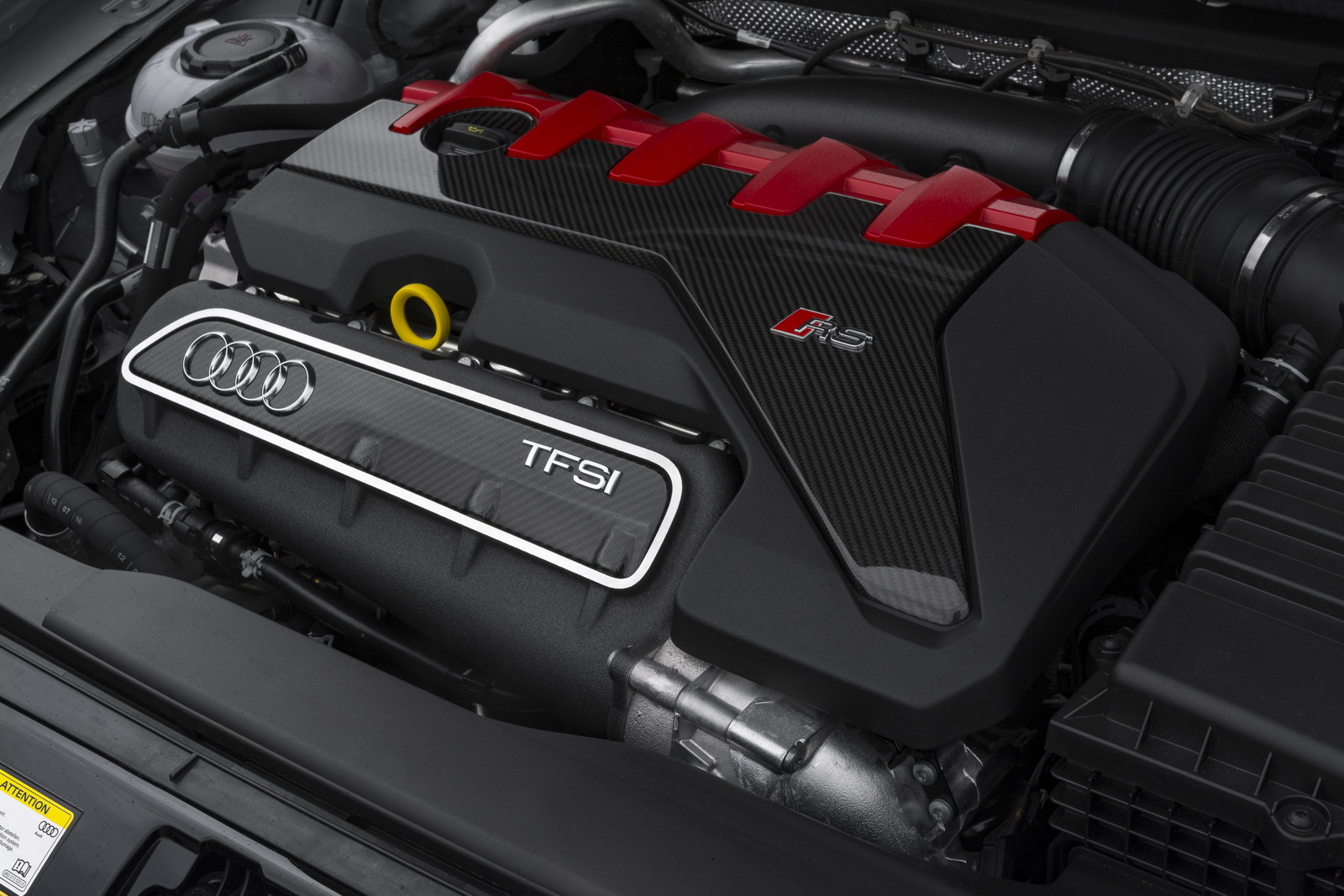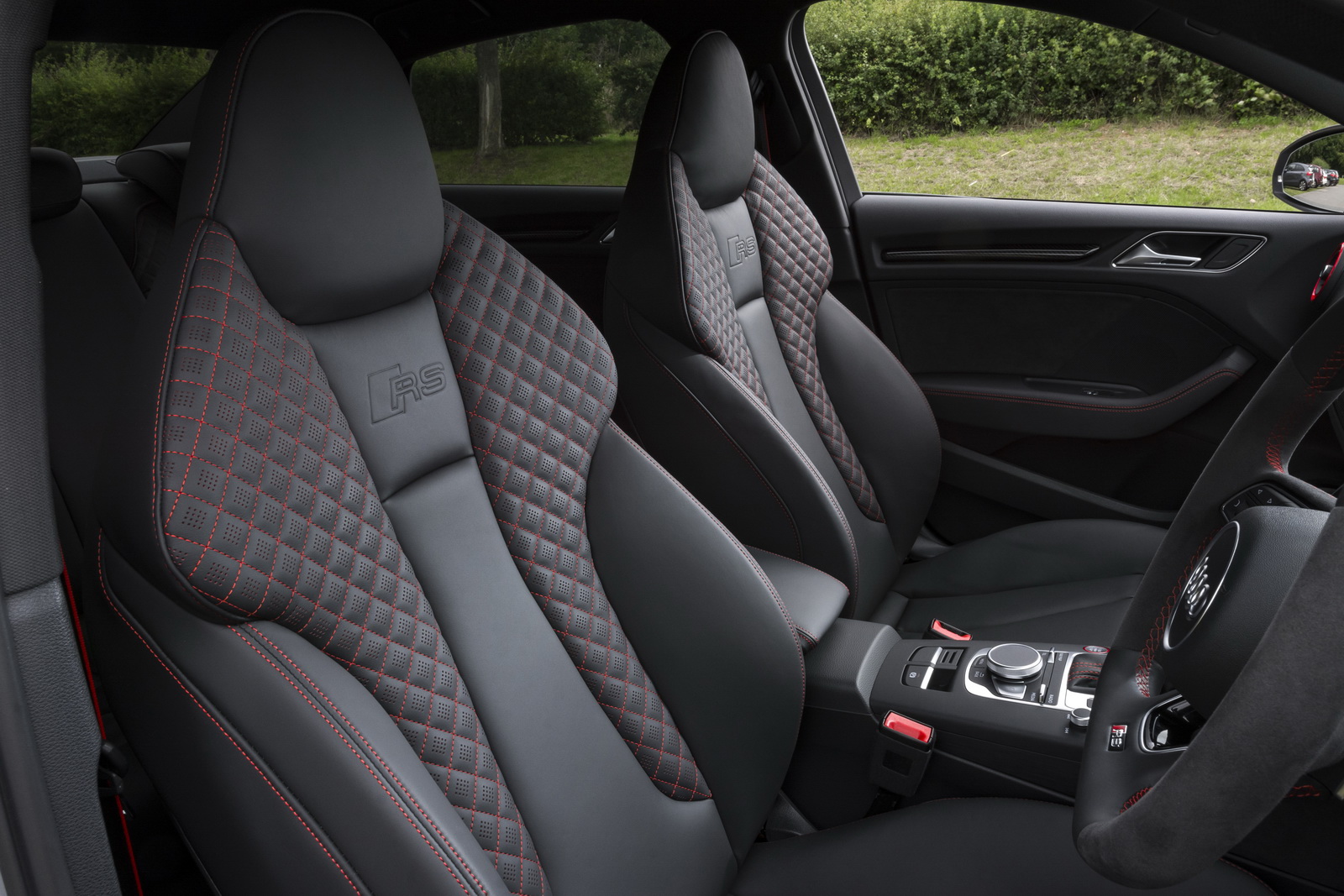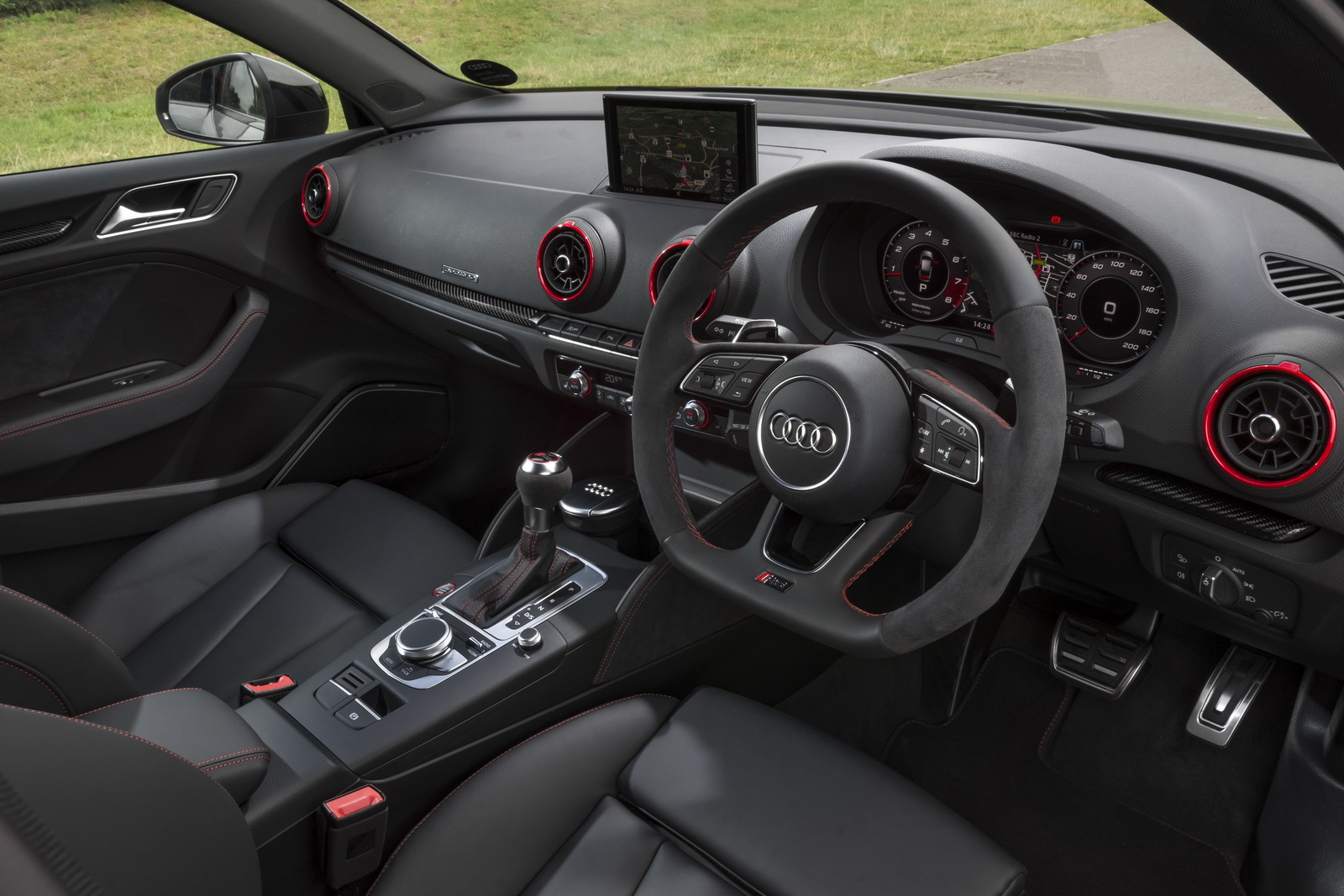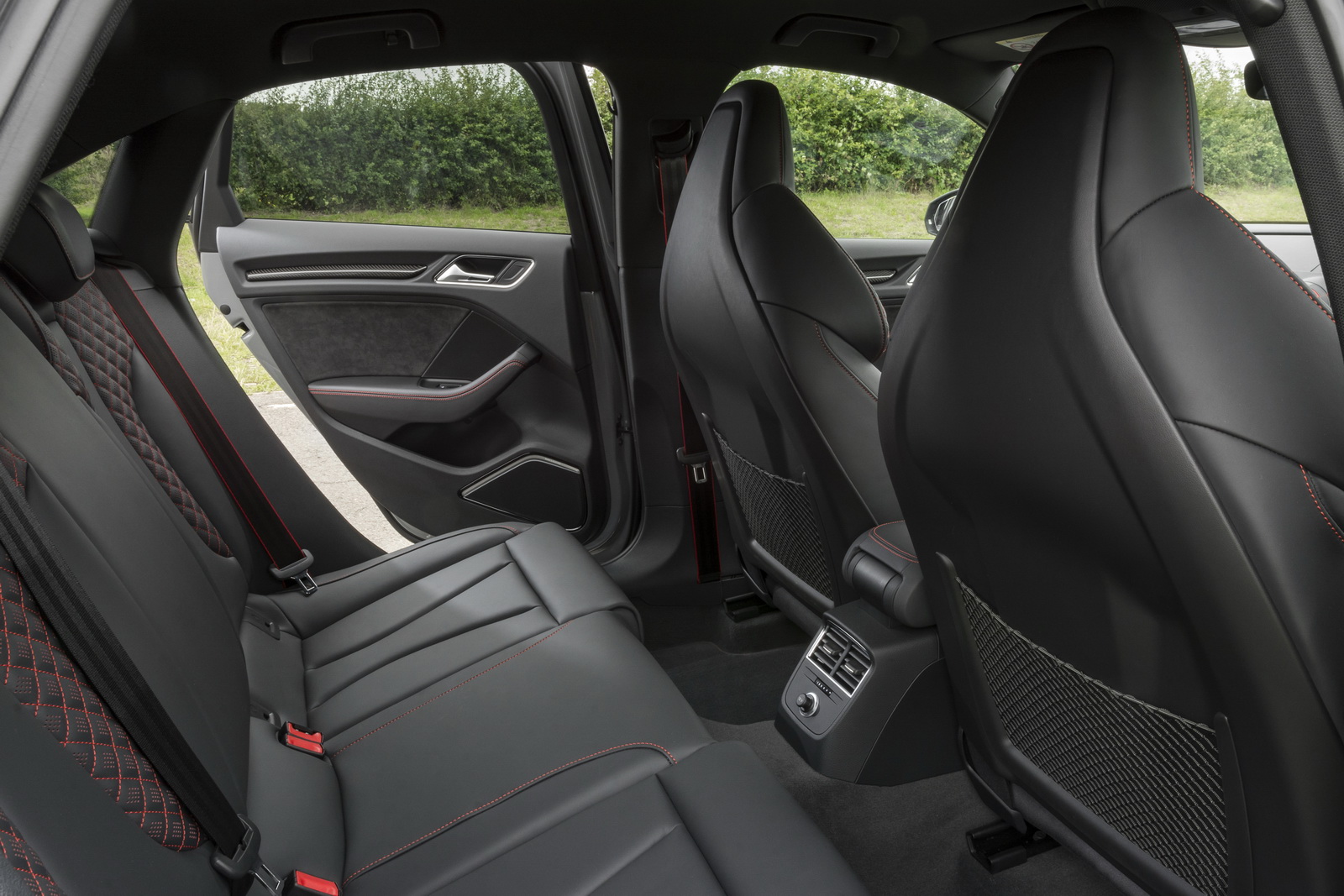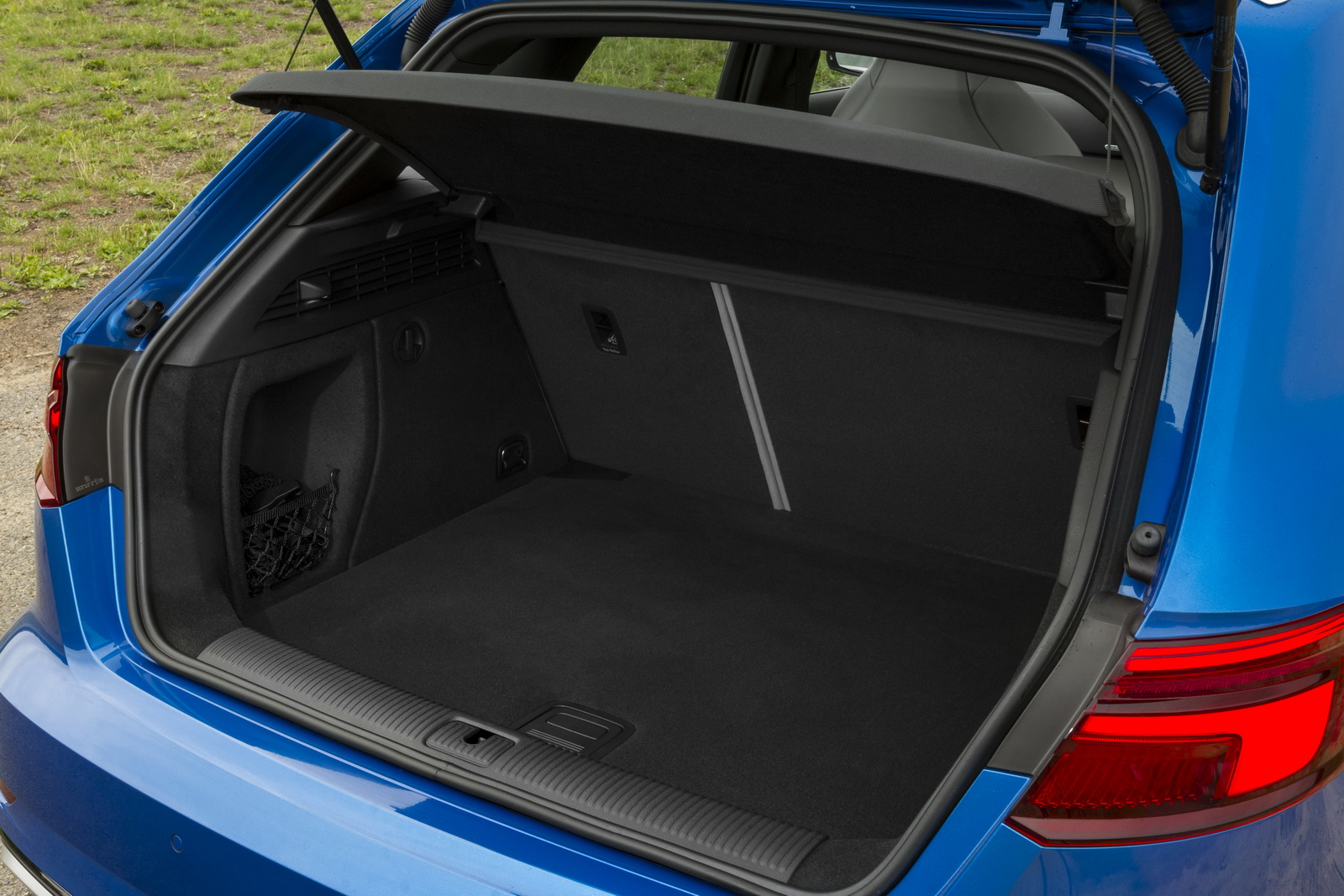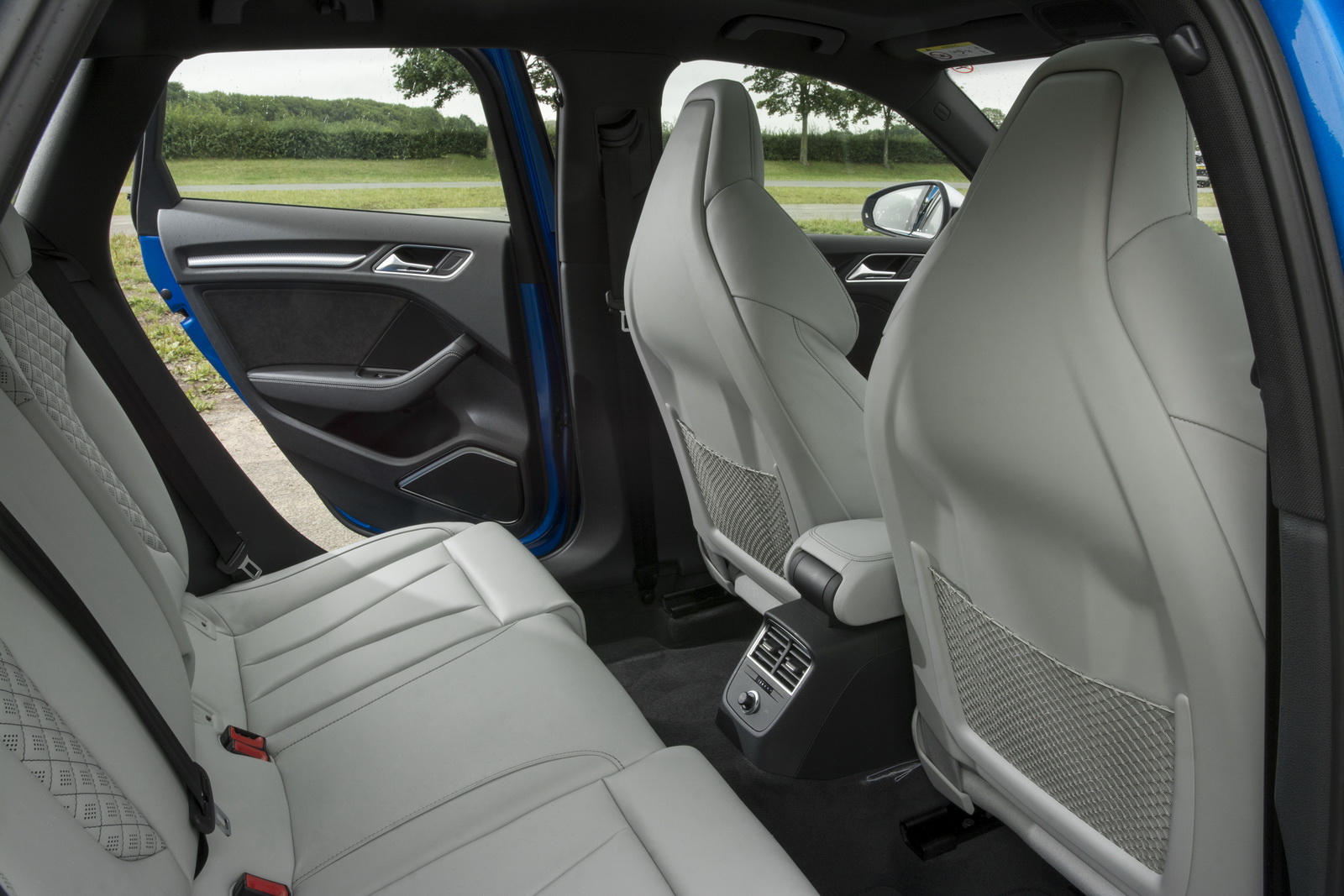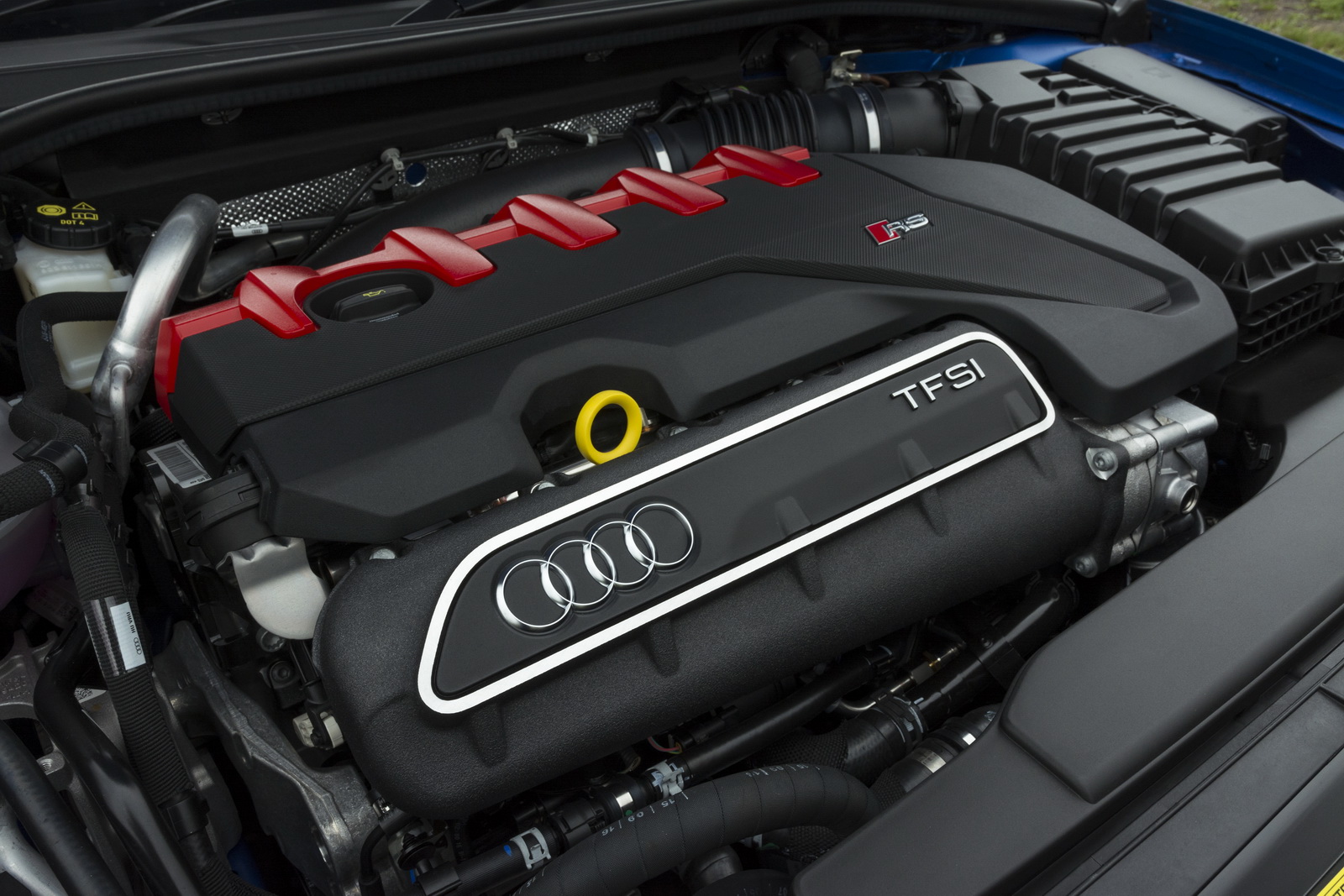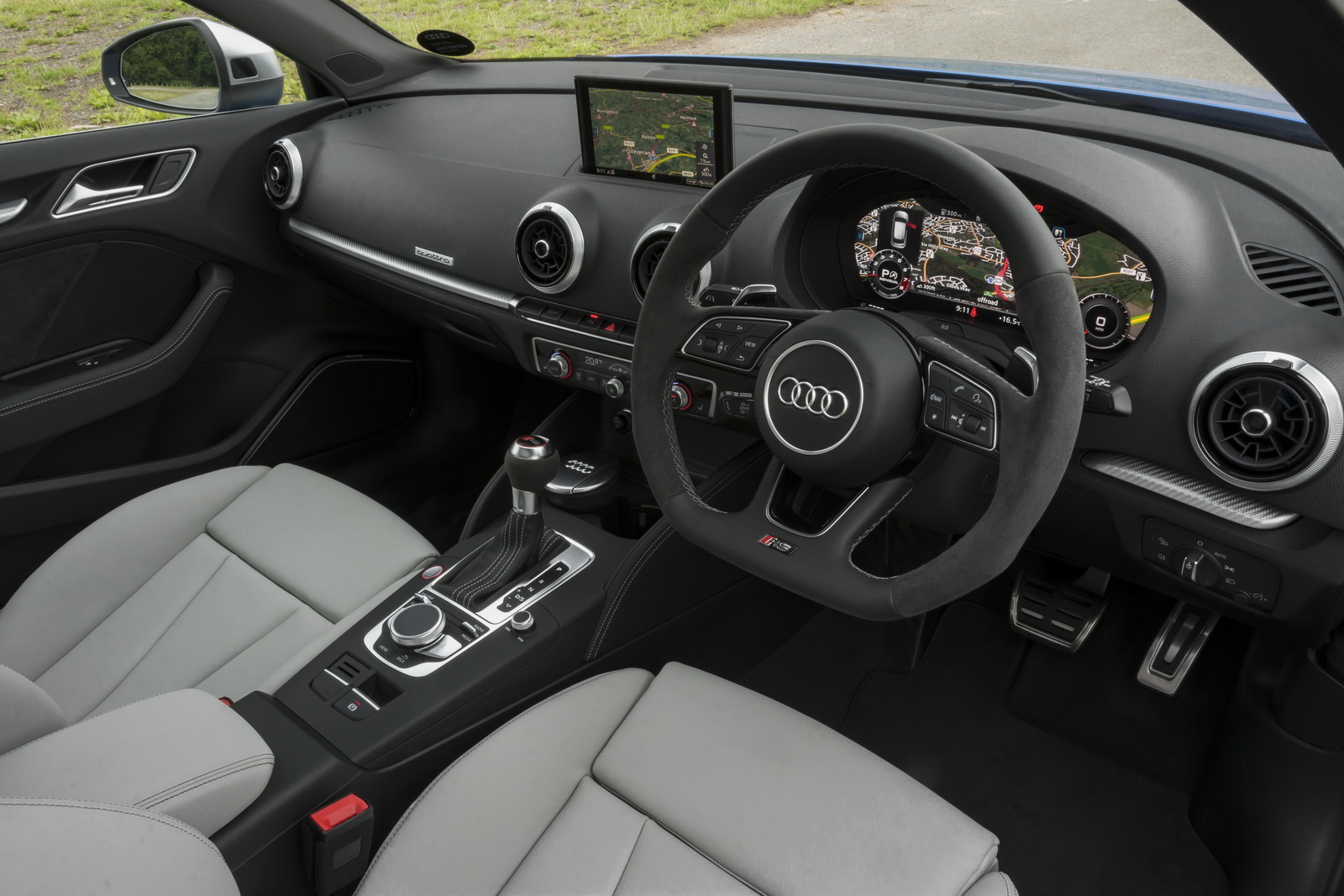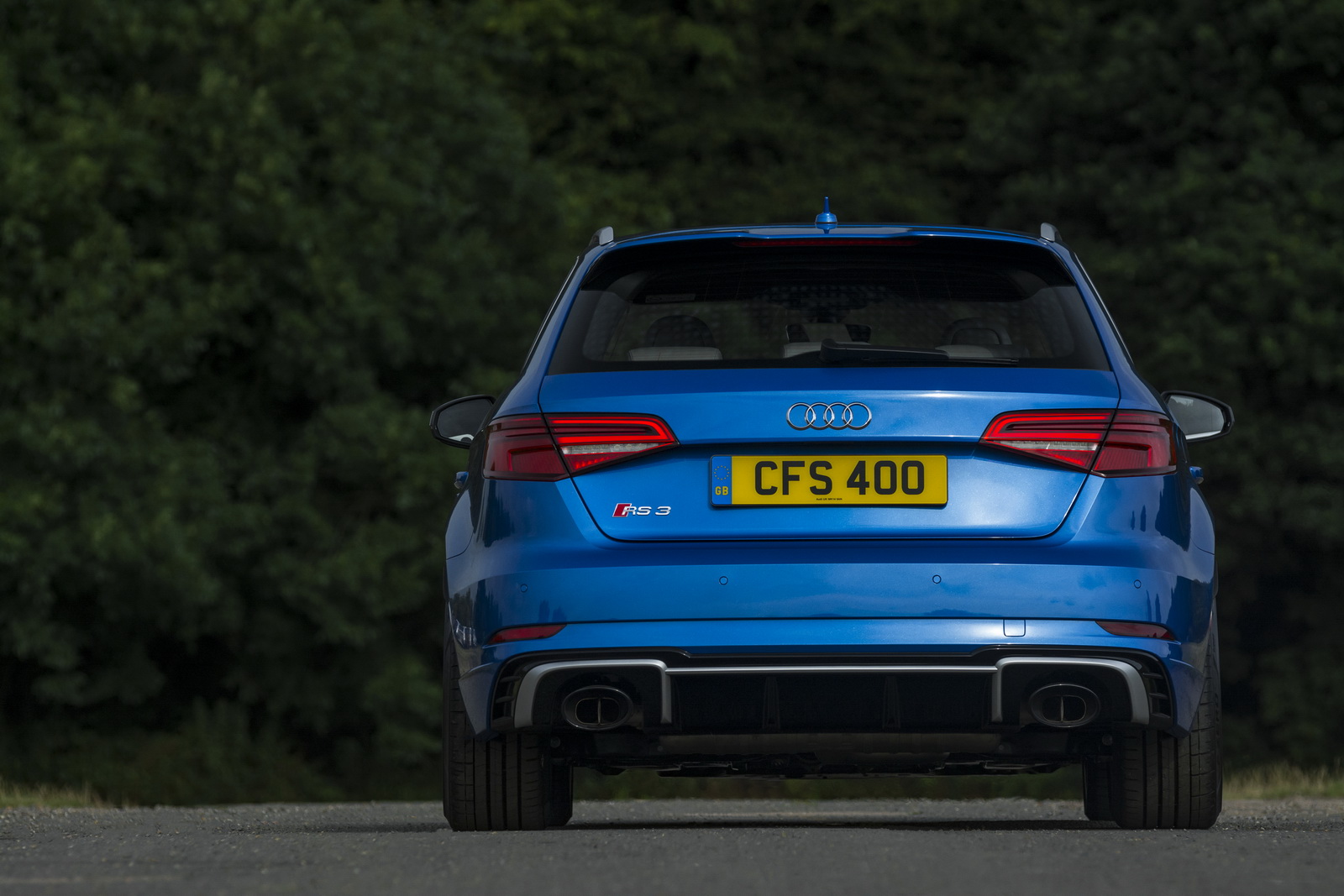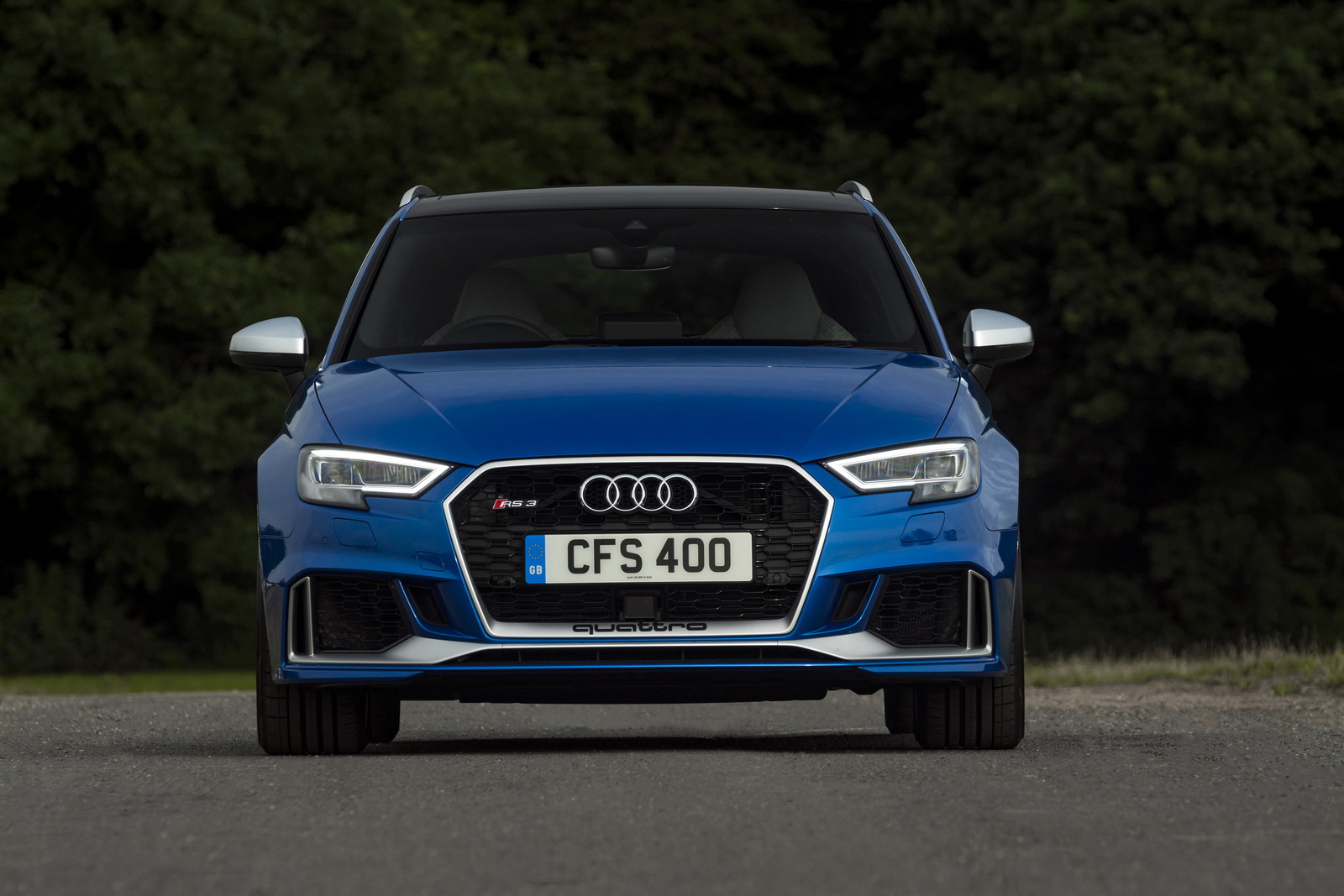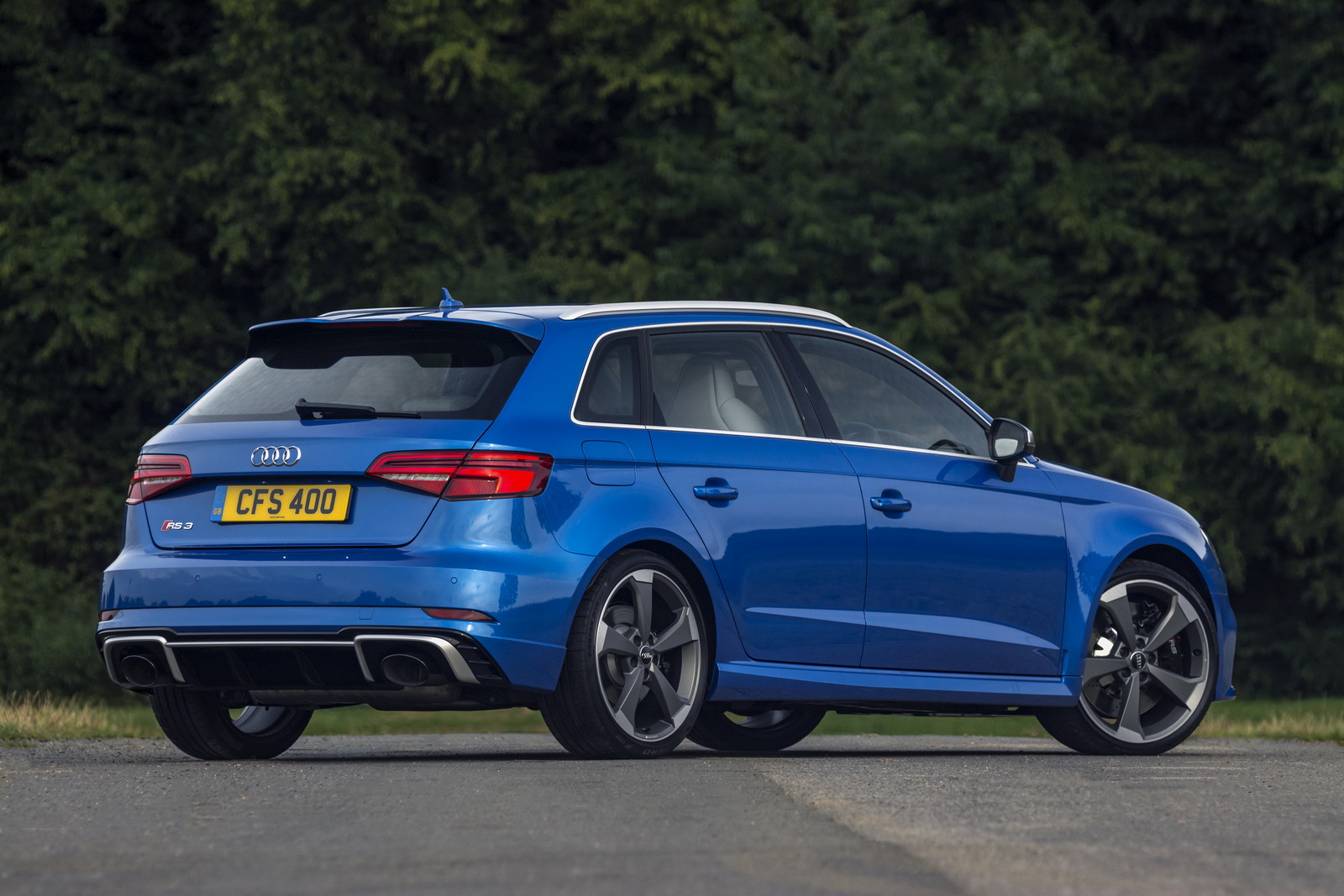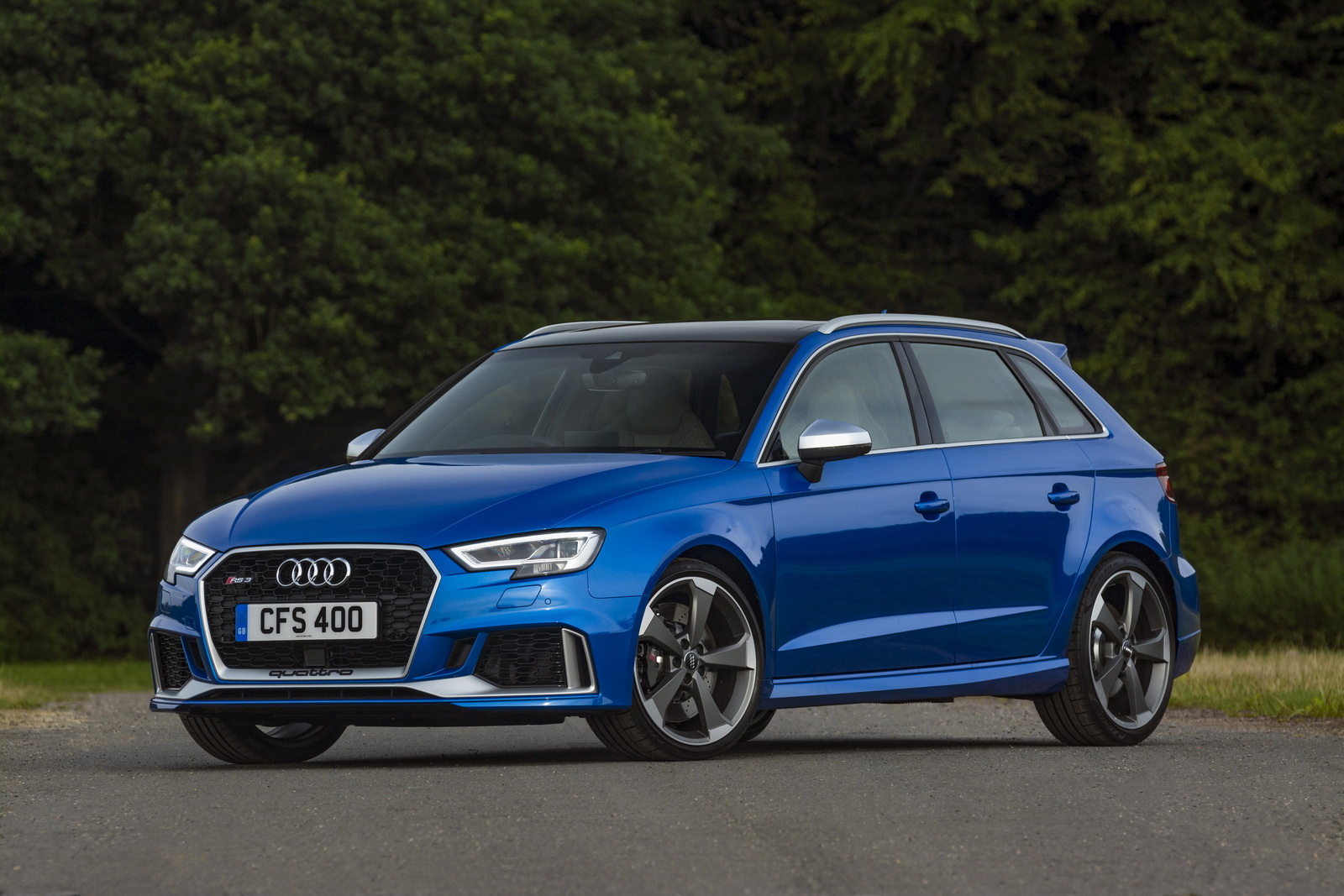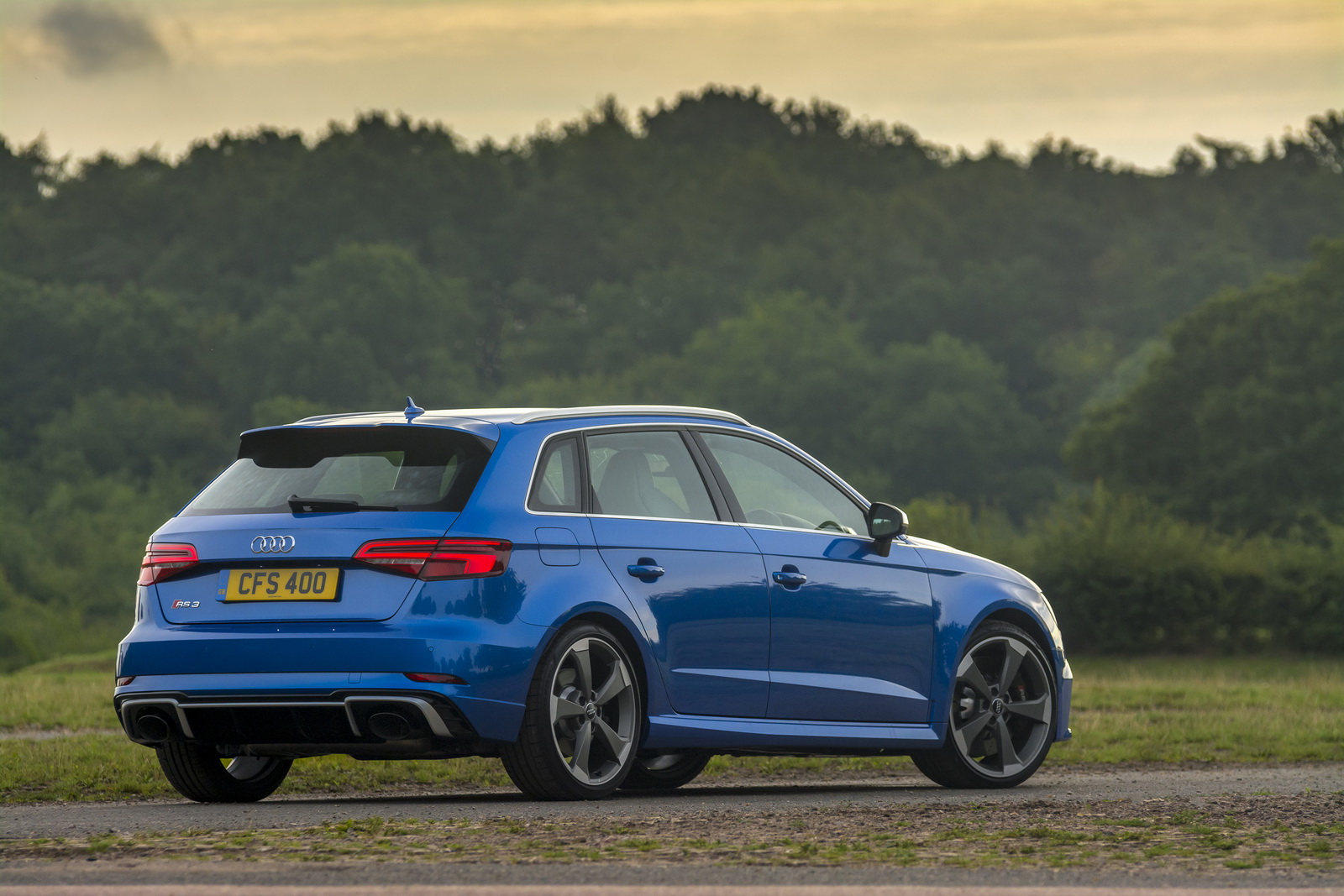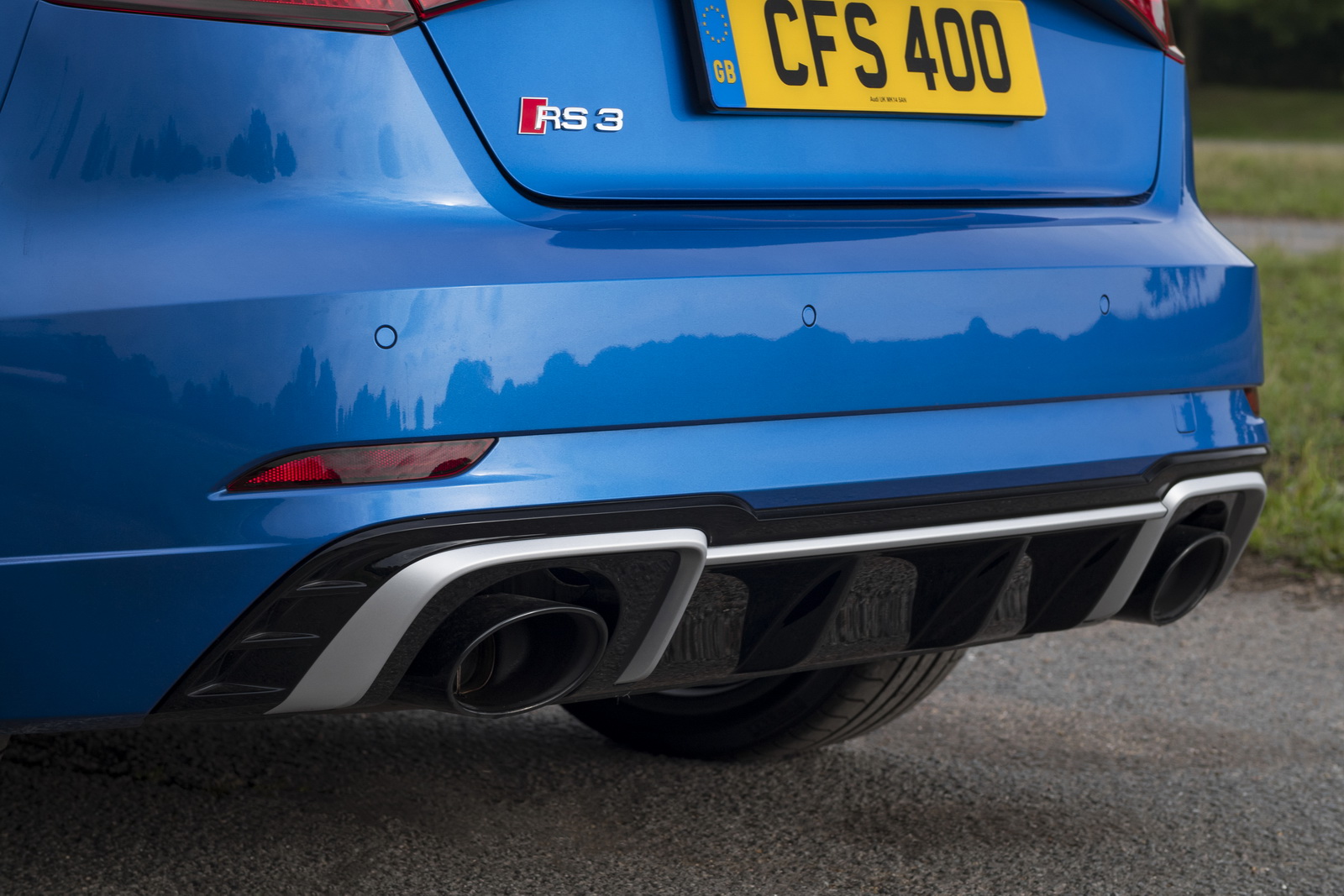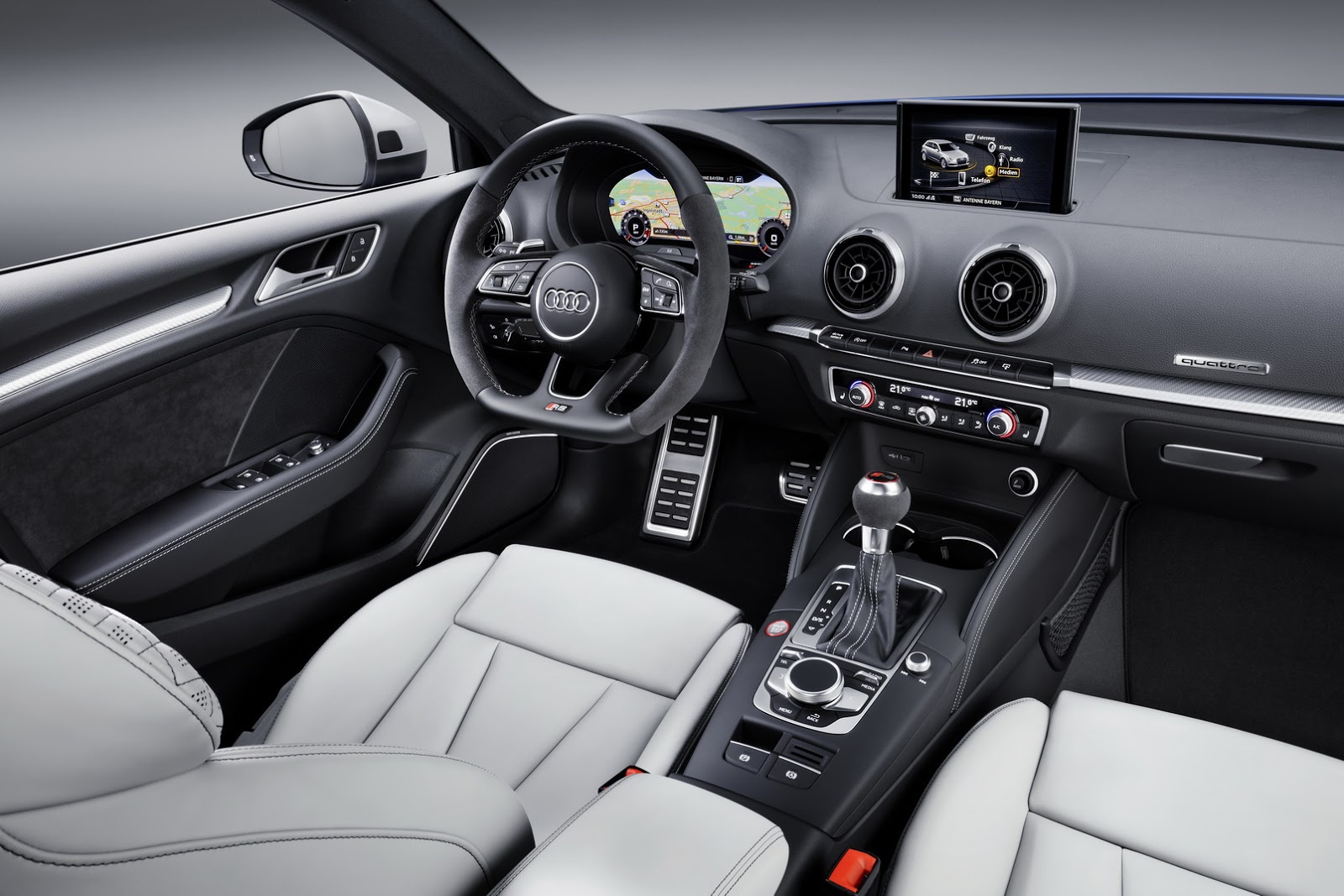I took a long pause between writing the word ‘Audi’ at the top of this page, and ‘RS 3’ after it. Because this was nearly about the TT RS, and could easily have been about the RS Q3 crossover. Come to think of it, it could have been about the RS 5 or any number of other uber-fast Audis that aren’t the R8, which all suffer from the same affliction. They’re fast, attractive and desirable, but simply not as much fun to drive as they look like they should be.
But I’ve settled on the RS 3 because any moment now Audi is about to drop the next-generation 2022 RS 3 hatchback and the RS 3 sedan that’ll come to North America, and they look like they’re going to be a whole lot more satisfying to thread down a great road.
My last ‘disappointing cars’ piece was on the Alfa 4C, and it definitely got a few people upset, so I want to be clear that there is plenty I do like about Audi’s RS cars. In fact, I’ll happily admit to liking Audis, period. I’ve run two A6 Allroads, two A4 Avants and a Q5, and enjoyed them all. I’m a big fan of the regular A3 and Q7, and I’ve always thought the most basic TT, excused from the impossible task of trying to be a 718 Cayman rival, is actually okay.
Read: The Most Disappointing Cars I’ve Driven #1: Alfa Romeo 4C
But none of them made any promises of being great drivers cars. They were just nicely built, comfortable and capable premium cars. And I’ve always felt that was Audi’s sweet spot. The more they tried to push the performance angle, the less satisfying they become.
Which isn’t to say I don’t see the appeal of an RS Audi. I think Audi’s RS designers have got the visual attitude, the street presence, the swagger of their cars absolutely licked. Brands like Jaguar, that are great at the chassis stuff, always seem to make a mess of things when they push hard with the performance visuals, like a bunch of 60-year old men trying to work out why K-pop is so massive (to be fair, I don’t understand it either).
But Audi Sport is a master at the details. Everything from the design of the wheels to the stitching on the upholstery to the typeface on the dials is always on-point on an RS car. That stuff might not make a car better to drive, but it certainly makes it better to own, because whether you’re lifting the garage door, or just cruising in traffic enjoying another great interior, the feel-good factor is always sky high.
As it is when you thumb the starter button and hear the 2.5-litre five cylinder motor spin up. In Europe, where that engine is available in the TT RS and RS Q3 as well as the RS 3, particulate filters might have robbed some of the growl in recent years, but it’s still got a heap more character than any of its rivals.
Related: America’s 2022 Audi RS3 Has More Power Than The Euro-Spec Model At 401-HP
Remember when you got to choose between a VTEC screamer, a punchy turbo motor, lusty six or loony rotary? There’s so much depressing uniformity about the engine offerings in modern small and medium cars, which are increasingly powered by four-cylinder turbo motors (and it’s only going to get worse with the switch to electric power), that it’s a real pleasure to come across something so unique as the RS 3’s straight-five.
So it’s great to hear that the EA850 inline five is carried over to the new RS 3. In Europe it’ll make the same 394 hp as before, but 250 rpm earlier in the rev range, and torque is up 15 lb ft to 369 lb ft. But in the U.S, presumably so Audi’s marketing department can crow about a power figure that starts with a 4, the sedan comes with 401 hp. Bank on getting to 62mph in around 3.8 seconds in both versions, and, if you pay extra to have the 155mph speed limiter raised, the ability to hit 180mph.
Brands like Jaguar, that are great at the chassis stuff, always seem to make a mess of things when they push hard with the performance visuals, like a bunch of 60-year old men trying to work out why K-pop is so massive (to be fair, I don’t understand it either).
The downside of course, is that more cylinders means more weight on the nose. Not as much weight as the stodgy 2011 RS3, mind, thanks to a switch from a cast iron block to aluminium, but despite its fat front tires, the 2016 RS 3 was prone to understeer if you pushed too hard in situations where rivals would happily pivot. Factor in the slightly dead steering, and you had a car that could cover ground quickly and safely in all weather conditions, and was fun, up to a point, but which didn’t quite deliver the excitement or engagement it promised. It was good, but not Mercedes-AMG A45 good, or as good as the BMW M2 you could buy for a few dollars more.
Which is why news from Ingolstadt that the new RS 3 is the first of series of performance Audis to gain a new four-wheel drive system is so welcome. The key component is the new Torque Splitter, essentially a pair of electronically controlled clutches, one on each rear driveshaft, enabling swift torque distribution between the two rear wheels.
Much as I like a bit of oversteer, I’m not so bothered about the inevitable RS Torque Rear ‘drift mode’ because while those features sound good in test drive reports, and are probably fun in an empty parking lot, much like launch control systems, they’re almost completely irrelevant in day-today driving.
But the ability to send more torque to the outside rear wheel and help the car turn promises to make the new RS3 a much more dynamic machine, and maybe even give it some of that dancing-on-its toes feel that made the old Mitsubishi Evos such great fun to drive. Here’s hoping, because with that fantastic five cylinder engine and classy RS interior, it wouldn’t take much to turn the RS 3 from disappointing to downright brilliant.




